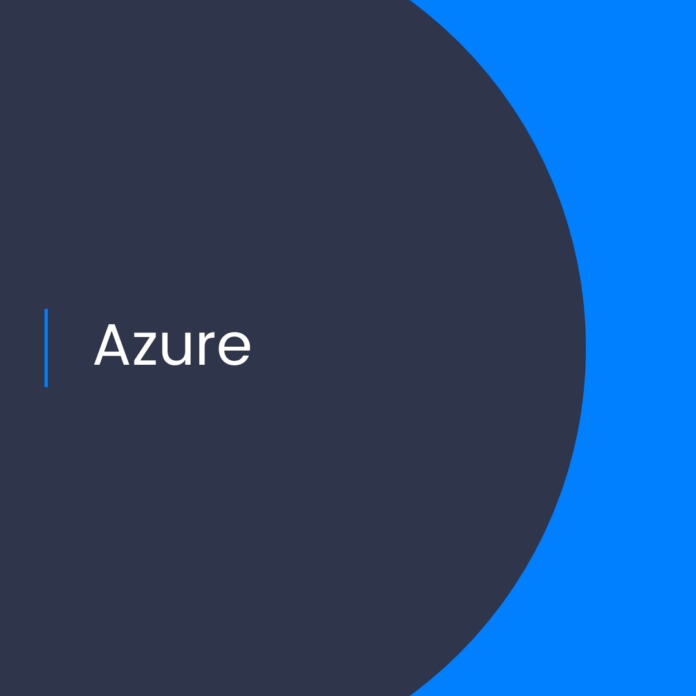Getting Started with MongoDB Atlas and Azure Functions Using .NET
Introduction to MongoDB Atlas and Azure Functions
MongoDB Atlas is a cloud-based database-as-a-service that enables users to quickly and easily deploy, manage, and scale their MongoDB workloads with no need for infrastructure or technical expertise. On the other hand, Azure Functions is a serverless compute service that enables users to run code without having to manage a server. By combining the power of both technologies, developers can quickly and easily create powerful, serverless applications on Azure.Benefits of using MongoDB Atlas and Azure Functions Together
MongoDB Atlas and Azure Functions offer a number of benefits when used together. Here are just a few of the benefits: * Cost Savings: MongoDB Atlas and Azure Functions can help reduce costs by eliminating the need to manage and maintain a server. This can result in significant cost savings over time.
* Scalability: With MongoDB Atlas and Azure Functions, users can easily scale their applications as needed. This allows users to quickly increase capacity as their applications grow.
* Ease of Use: MongoDB Atlas and Azure Functions are both easy to use and offer a simple, intuitive user interface. This makes it easy for developers to quickly get up and running with their applications.
Getting Started with MongoDB Atlas and Azure Functions
The first step in getting started with MongoDB Atlas and Azure Functions is to create a MongoDB Atlas cluster. This can be done by logging into the MongoDB Atlas dashboard and selecting the “Create a Cluster” button. From there, users will be able to configure their cluster as needed.Once the cluster has been created, users will need to create a MongoDB Atlas database. This can be done by selecting the “Create Database” button from the MongoDB Atlas dashboard. From there, users will be able to configure their database as needed.
The next step is to create an Azure Function. This can be done by logging into the Azure Portal and selecting the “Create a Function” button. From there, users will be able to select the language they want to use and configure the function as needed.
Once the function has been created, users will need to connect it to their MongoDB Atlas cluster. This can be done by selecting the “Connect to MongoDB” button from the Azure Portal. From there, users will be able to configure the connection as needed.
Once the connection has been established, users will be able to read and write data from their MongoDB Atlas database using the Azure Function.
Conclusion
MongoDB Atlas and Azure Functions are a powerful combination for building serverless applications on Azure. By combining the power of both technologies, users can quickly and easily create powerful, cost-effective applications on Azure. In this article, we have discussed how to get started with MongoDB Atlas and Azure Functions and walk through the process of connecting them.
References:
Getting Started with MongoDB Atlas and Azure Functions using .NET and C#
.
1. MongoDB Atlas
2. Azure Functions
3. .NET
4



